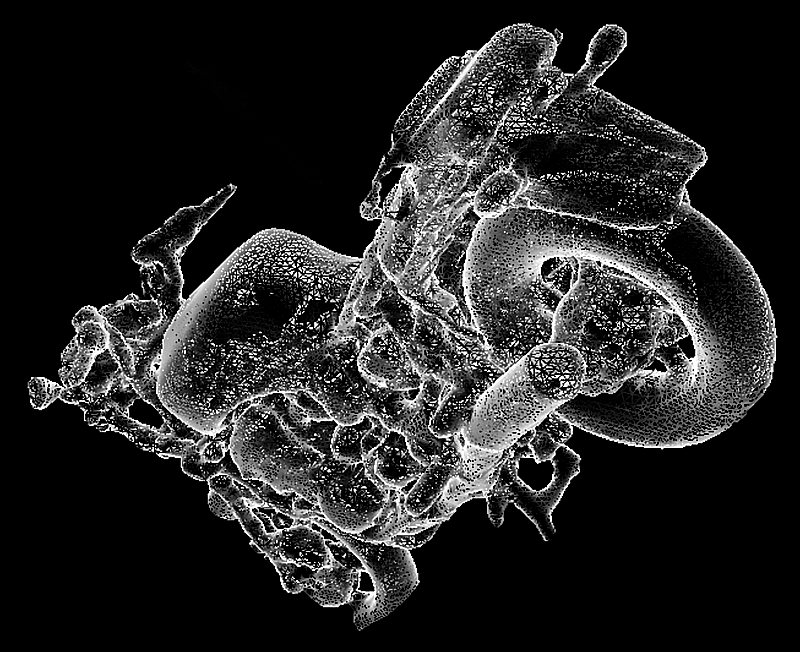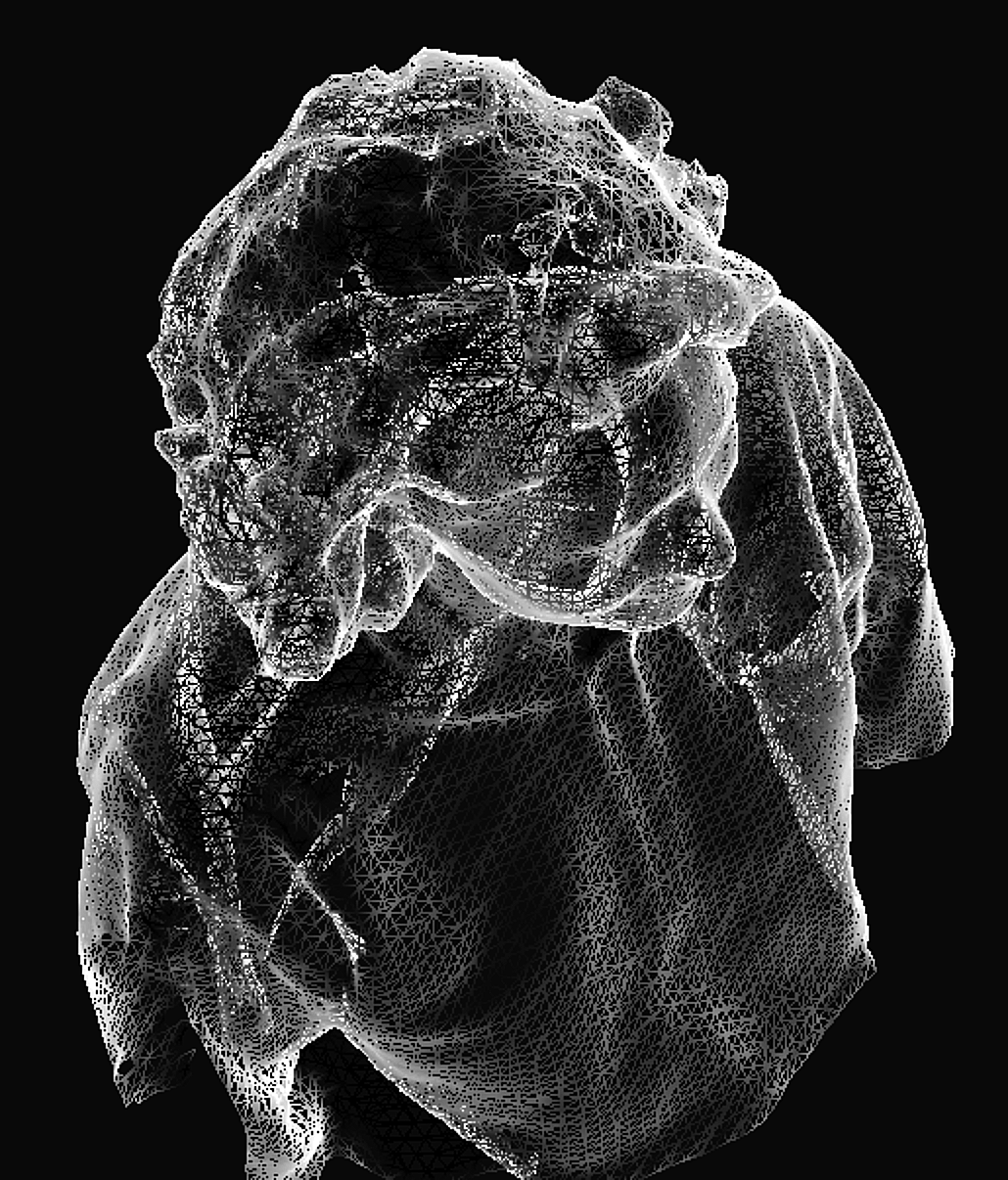 |
| Unboxing the Structure Sensor |
This week, thanks to our forward thinking student council, we received a Structure 3d scanner. Unboxing created a lot of curiosity. In about five minutes we had the sensor mounted on the front of our ipad mini and we were off to the races.
3d modelling is a tricky business. It typically takes a fairly comprehensive knowledge of software to get yourself a decent 3d model. Thanks to the Structure sensor, anyone with an ipad (grade 3 and up?) could quickly and easily create a 3d model of pretty much anything they can walk around.
It takes a bit of practice, but once you see how the laser sensor paints the object (it looks like it’s covering it with clay on the ipad display), you get the hang of it and you’re producing remarkably accurate 3d models.
 |
| In about 15 minutes I had it figured out and took a detailed model of my partially dismantled Kawasaki Concours in the garage. |
 |
| Our principal! |
The files are obj format – an open source format that a lot of software can easily read. I’ve found that sketchfab.com is a handy way to share the models and offers a fair bit of customization in how the models present as well.
At school we’ve had a good time making busts, while at home I’ve tried modelling complex mechanical items.
I’ve been using Obj Viewer to see the 3d models on the desktop (they’re all saved as model.obj, so very quickly you’ll find yourself buried in model.obj files not knowing which one is which). I quickly got into the habit of renaming them as I opened them.
As an avenue into more complex 3d modelling software (like Blender, which imports obj files with no problems), the Structure scanner is a great starting point. You can quickly create 3d models and then clean them up or embellish them in something like Blender (also an open source, astonishingly good piece of freeware).
You can view your model once you’ve painted it on the ipad screen (the pictures here are screen captures from the ipad). If you like the model you can email the obj file. The largest (an attempt at scanning our computer lab) was about 4 megabytes. A smaller object, like a head, is usually under two.
Being able to quickly and easily model 3d objects offers all sorts of interesting educational opportunities. Because you’re accurately measuring volume, the immediate uses as a measuring tool in mathematics and the sciences are obvious. Using this scanner you could quickly and accurately measure the growth by volume of a very complex shape like a plant. If you’re creating clothing, you would be able to scan your prototype and then see what it looks like in a wide variety of textures from all angles. As a prototyping and measurement tool, the Structure Scanner takes some beating.
Our focus is on creating 3d models for our software engineering project. 3d models are often too perfect, looking rather plastic. The Structure sensor is going to allow us to model clothing and other complex textures and organic shapes much more realistically and quickly.
At less than the price of a game console, this little sensor opens up what used to be the inaccessible world of 3d modelling to everyone.
